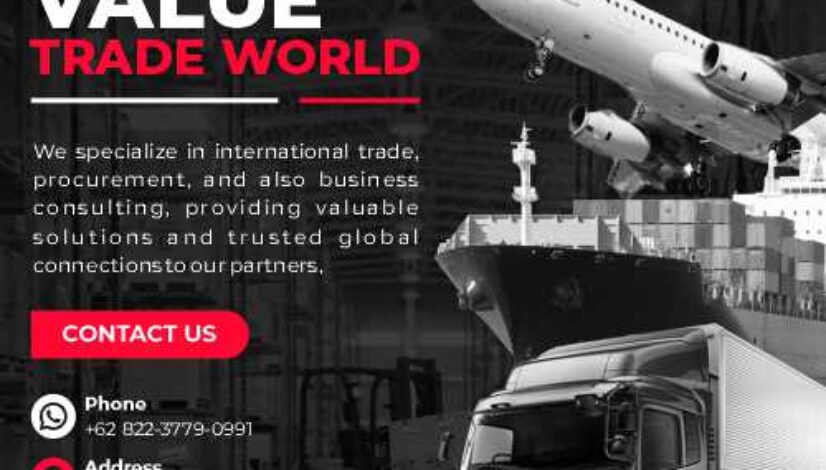International Trade Strategies to Expand Global Markets
In an era of globalization, expanding into international markets has become an essential growth strategy for many businesses. International trade offers access to larger customer bases, diversified revenue streams, and opportunities to strengthen a brand’s global presence. However, success in global markets requires careful planning, cultural understanding, and well-executed strategies. Without a clear approach, businesses may face challenges such as regulatory barriers, stiff competition, and logistical complexities. Implementing the right international trade strategies can help overcome these obstacles and unlock long-term growth potential.
One of the most effective strategies in international trade is market research and selection. Before entering a new market, companies must analyze factors such as market size, growth potential, consumer preferences, economic stability, and competition. Detailed market research helps identify the best opportunities while minimizing risks. This process often involves studying local regulations, trade agreements, and distribution channels to ensure a smooth market entry. By selecting the right markets based on data and insights, businesses can focus their resources where they are most likely to succeed.
Building strong trade relationships is another key to success. International trade thrives on trust and collaboration between partners, suppliers, and distributors. Establishing partnerships with local businesses, industry associations, and government trade agencies can provide valuable networks and market access. These relationships can help navigate cultural differences, understand local business practices, and build credibility with customers. Long-term partnerships are often more profitable than short-term transactions, as they foster loyalty and mutual support.
A well-designed market entry strategy is also crucial. Depending on the product, industry, and target country, businesses can choose from several entry modes, including direct exporting, licensing, franchising, joint ventures, or setting up local subsidiaries. Each method has advantages and risks, and the choice should align with the company’s resources, objectives, and risk tolerance. For example, direct exporting offers lower costs but less control, while a local subsidiary provides full control but requires significant investment.
Product adaptation and localization play a major role in attracting customers in international markets. What works in one country may not resonate in another due to cultural differences, local tastes, and regulations. Adapting products, packaging, and marketing messages to suit local preferences increases the chances of success. For example, food companies often adjust flavors to suit regional palates, while fashion brands may modify designs to reflect cultural norms. Localization goes beyond translation — it is about making the product feel native to the market.
Effective pricing strategies are essential in competitive global markets. Pricing decisions must account for factors such as local purchasing power, currency fluctuations, import duties, and competitor pricing. A flexible pricing approach can help maintain profitability while staying attractive to customers. Some businesses adopt a market-penetration pricing strategy to quickly gain market share, while others use a premium pricing strategy to position themselves as high-quality brands.
Another critical factor in international trade is compliance with trade regulations and standards. Different countries have specific import-export rules, quality standards, labeling requirements, and certification processes. Non-compliance can result in fines, shipment delays, or even loss of market access. Businesses should work with legal and trade compliance experts to ensure that their operations meet all necessary requirements.
Leveraging digital tools and e-commerce can significantly expand global reach. Online marketplaces, international shipping solutions, and digital marketing allow companies to connect with customers worldwide without the need for physical presence. Social media platforms, search engine optimization (SEO), and targeted online advertising can help build brand awareness in new markets. E-commerce also provides valuable data on customer preferences, enabling continuous improvement of products and strategies.
In addition, logistics and supply chain management play a vital role in successful international trade. Efficient supply chains reduce costs, improve delivery times, and enhance customer satisfaction. Partnering with reliable logistics providers and using technology for tracking and inventory management can help businesses meet international demand effectively. Flexibility in supply chain design can also help mitigate disruptions caused by political instability, natural disasters, or transportation issues.
Risk management is essential when expanding globally. Risks in international trade include currency fluctuations, political instability, changing trade policies, and cultural misunderstandings. Developing contingency plans, diversifying markets, and using financial instruments like hedging can help minimize these risks. Businesses should also consider purchasing trade insurance to protect against unforeseen losses.
Finally, brand positioning and global marketing are critical for long-term success. A strong brand that communicates trust, quality, and value will stand out in competitive international markets. Consistent branding, adapted marketing campaigns, and storytelling that resonates with local cultures help build emotional connections with customers. A company that invests in building its brand image will find it easier to retain customers and expand further.
In conclusion, expanding into global markets through international trade is both an opportunity and a challenge. Businesses must combine thorough market research, strategic partnerships, tailored market entry approaches, and adaptability to succeed. By focusing on localization, compliance, digital tools, and risk management, companies can build a sustainable global presence. The right strategies not only open doors to new customers but also strengthen the company’s resilience in an ever-changing global economy.





